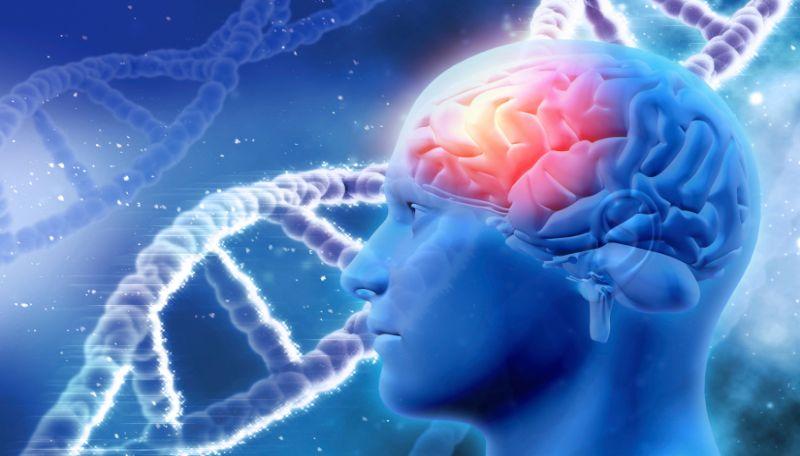
The amino-terminal noncollagenous domain of type XVIII collagen is a Recombinant Human Endostatin fragment, which is 20 kDa in size. The protein inhibits the proliferation and angiogenesis of endothelial cells without being glycosylated. Metalloproteinases like MMP2 and MMP9, as well as cathepsins S, B, and L, generate and/or trim it. The majority of Endostatin's action appears to be concentrated in its N-terminal 27 amino acids. This area comprises three zinc-binding sites that are thought to be important for its antiendothelial and antitumor properties, as well as several cleavage sites that can alter its activity when employed. Mouse, rat, bovine, and horse Endostatin share 84.7% aa sequence identity with Recombinant Human Endostatin.
Endostatin limits endothelial cell development by causing G1 phase cell cycle arrest and death. It may also inhibit angiogenesis by preventing VEGF-induced endothelial cell migration. It changes how FGF basic affects cell adhesion and motility. Endostatin interacts with Transglutaminase 2, heparin, and the integrins alpha 5 beta 1 and alpha v beta 3, which are all produced by or expressed on endothelial cells and regulate adhesion and migration. Endostatin may also have a role in the downregulation of angiogenesis after placental circulation is established in the pregnant uterus. Exogenous systemic Recombinant Human Endostatin improves endothelial and smooth muscle nitric oxide generation and lowers blood pressure, although overexpression in keratinocytes delays excisional wound healing. Endostatin inhibits a wide range of primary and metastatic malignancies because tumor development and metastasis rely on angiogenesis for blood supply.
In a mouse cervical cancer xenograft, recombinant human endostatin, Endostar, improves the effects of chemo-radiotherapy -
Researchers studied the effects of concurrent chemo-radiotherapy (CCRT) and recombinant human endostatin, Endostar, on tumor growth, angiogenesis, and lymphangiogenesis in a mouse model of cervical cancer.
When compared to the NS group, the tumorigenic activity of tumour cells in the CCRT, Endostar, and combination Endostar-CCRT treatment groups was significantly lower (p 0.05). The Endostar with CCRT group showed the greatest significant reduction of tumour development. Endostar has also been discovered to prevent tumour angiogenesis. Endostar caused apoptosis in mouse cells in vivo and decreased VEGF and HIF-1alpha expression in both Vivo and Vitro.
In a mouse xenograft model of cervical cancer, Endostar increased the anti-cancer efficacy of CCRT. As a result of these discoveries, a novel treatment method for cervical cancer has been developed.
Read more @ https://tradove.com/blog/Understanding-The-Background-Of-Recombinant-Human-Endostatin.html

































